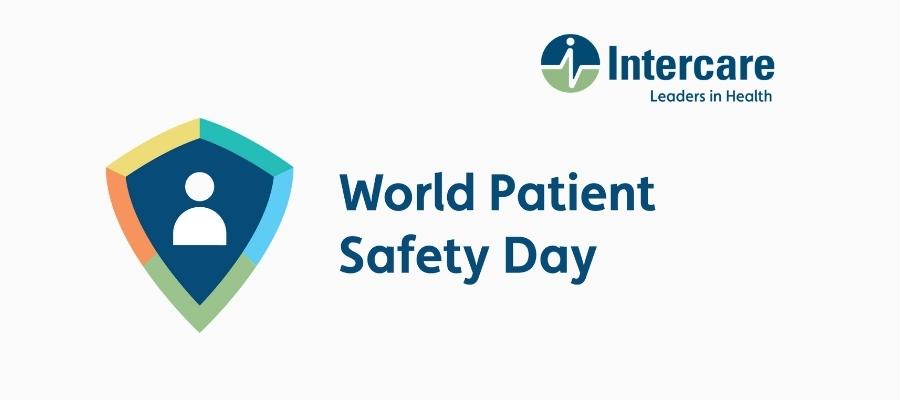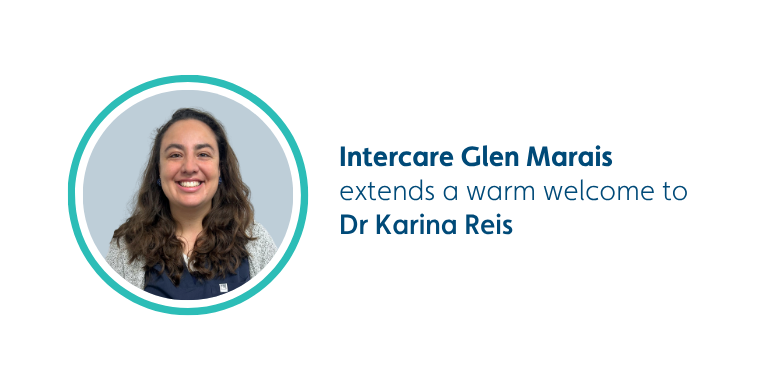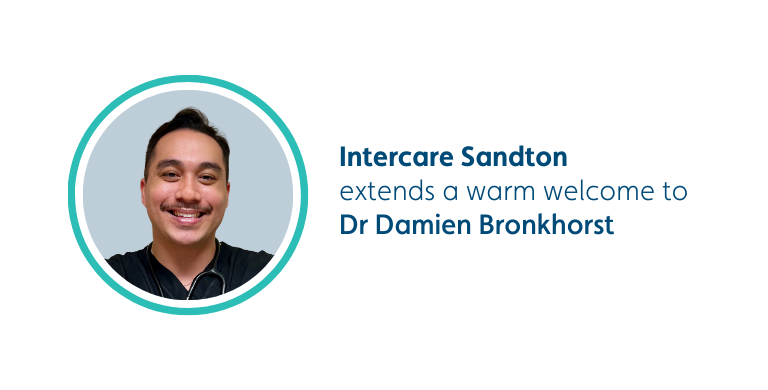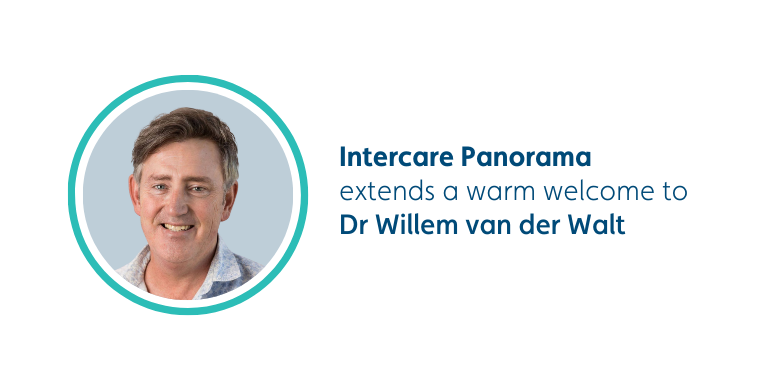Patients and their caregivers/families are active and essential role players in contributing to safe healthcare. While healthcare overall is considered safe, and numerous mechanisms are in place to help minimise the risk of harm to patients, the nature of healthcare means that things can and do go wrong. Although the primary responsibility for safety, related to staff, equipment, and processes, lies with the provider of care, inadequate communication and insufficient information play a significant role in many safety incidents.
5 ways you can contribute to safe healthcare
Give the medical professional as much information as possible.
Prescribing unsafe treatment and making the incorrect diagnosis are considered patient safety incidents and do not contribute to safe healthcare. Thorough knowledge of your health status and medical history assists medical professionals in determining the risks of treatment interventions and making better diagnoses for safe healthcare. Make sure you have provided them with the following information, in addition to anything else they may require:
- Current medical conditions, particularly chronic illnesses, major health events, or serious conditions you have previously had.
- Medications you are taking – it is often helpful to bring these with you so the doctor can get as much information as possible, including the correct name, frequency, and doses you are taking. This is crucial if you are on multiple chronic medications.
- Any allergies you suffer from, whether from medication or other such as dietary allergies or bee stings.
- Whether you are pregnant or if there is a possibility that you may be pregnant.
Make sure the personal information on your providers’ records is complete and up to date.
Your demographic and contact details may seem only of administrative value. Still, accurate and up-to-date personal information is critical to helping your healthcare provider avoid patient misidentification, such as administering medication or sending test results to the incorrect patient. They are also crucial to ensure you receive critical communications from your medical professional, such as abnormal findings on tests you may have undergone. Ask reception staff to check your details when you visit your doctor.
Understand of your treatment plan and “safety net”.
Most healthcare that occurs following your hospital admission or doctor’s visit is actually self-administered or performed by the patient’s caregivers, such as parents. Therefore, it is essential for safe healthcare that you are well informed and very clear on what the medical professional requires of you regarding the treatment plan, particularly in the use of prescribed medications.
A safety net refers to a “contingency” plan, which the medical professional and patient/caregiver agree upon before discharge or leaving the practice. It includes information on possible unsafe scenarios based on the patient’s health status and/or treatment and what they should do in these scenarios. Examples of this include:
- What to do when a condition fails to improve or gets worse
- Awareness of potential complications of the condition
- What to do when a condition becomes complicated
- Medication side effects and how to respond
Work with the healthcare team to keep the facility clean
Many safety incidents are related to infections acquired in healthcare facilities. Providers of healthcare follow strict protocols, both in environmental cleaning of surfaces, as well as in how staff wash their hands and prepare for sterile procedures for safe healthcare.
Patients and visitors may carry pathogens, such as bacteria and viruses, into healthcare facilities. It is important to assist with Infection Prevention and Control efforts by performing regular hand hygiene and other protocols that may be requested, depending on the risks involved.
Provide feedback on your experience and observations
Learning and improvement are critical components of any patient safety system, but this requires insight. The Intercare Group believes patients and their caregivers are invaluable observers of the everyday processes and functioning of its facilities and encourage the submission of feedback using either [email protected] or the experience surveys that may be sent following your visit. Our customer experience and patient safety teams work closely together in assessing and responding to safety risks that may be identified through our patient feedback channels.
In summary, miscommunication and poor information flow in one or both directions between providers of care and patients are among the most common contributing factors in patient safety incidents. Patients and their caregivers can reduce the risk and make healthcare safer by providing accurate and comprehensive information, checking their understanding of the information provided by their medical professional, and giving their healthcare provider information on hazards or potential hazards they encounter. Patients and their caregivers/families are active and essential role players in this area.
Written by the Intercare Clinical Team












